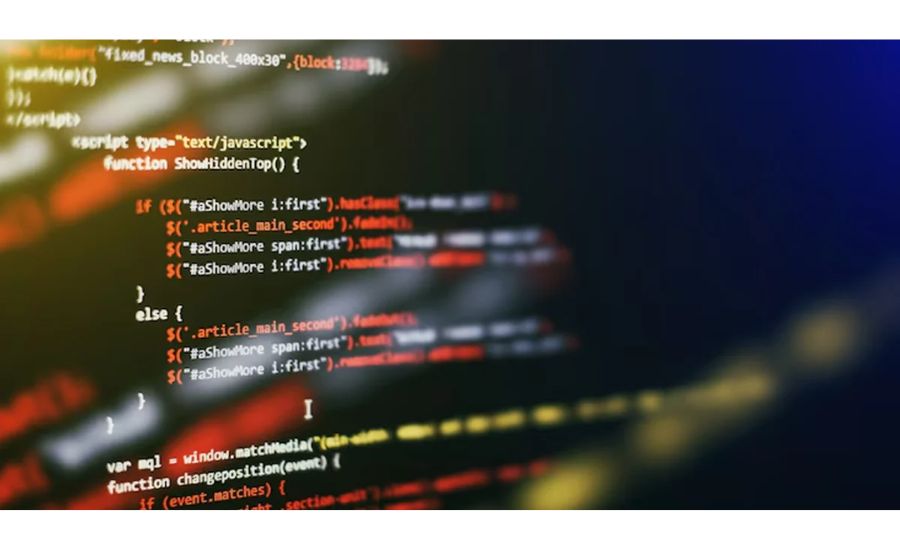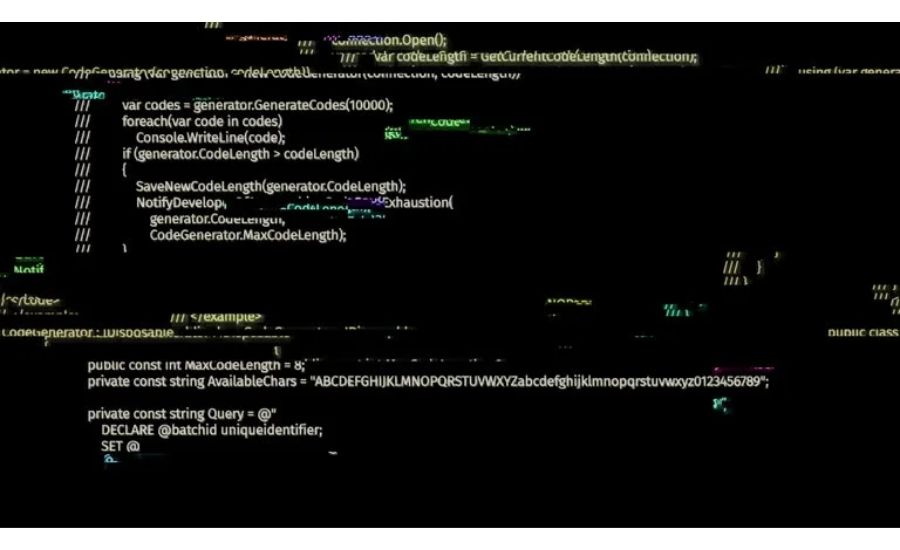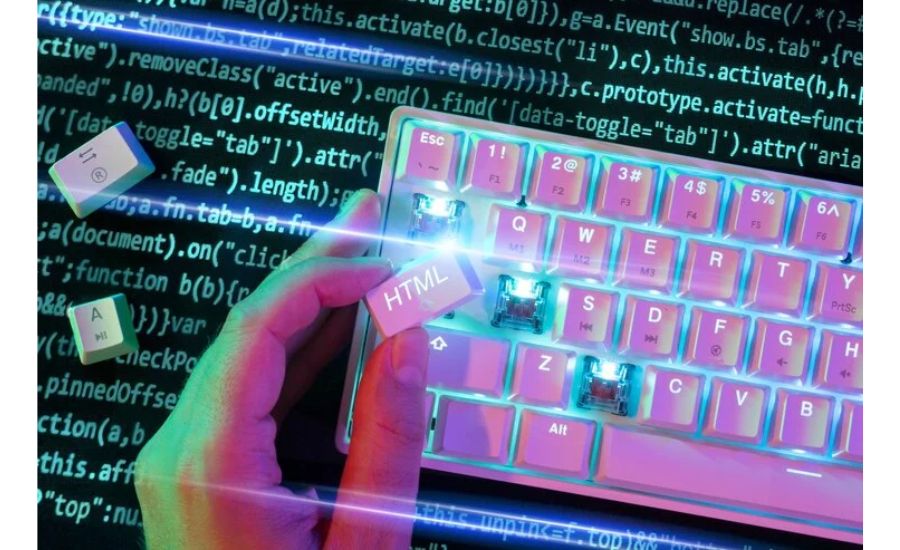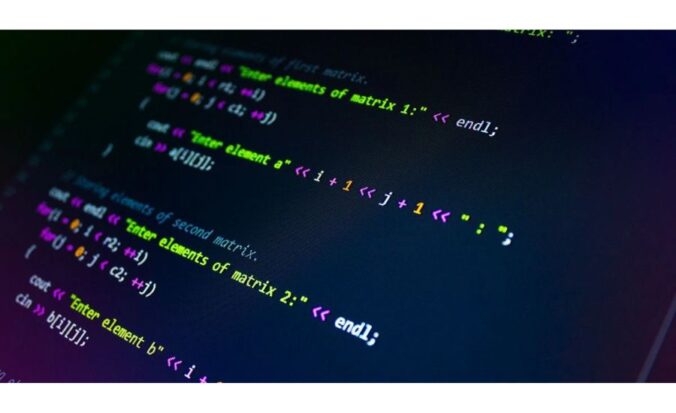Introduction to Code for zpv bsf bxftpnf
For millennia, people have been captivated by codes and ciphers because of their capacity to hide communications and test one’s intelligence. Cracking concealed codes has always required talent and curiosity, from Julius Caesar’s basic Caesar cipher to today’s sophisticated encryption techniques in the digital age. One string in particular, “ZPV BSF BXFTPNF,” has caught the interest of code enthusiasts. We will unravel its actual meaning, examine the methods that underlie it, and talk about its broader significance in the field of cryptography in this post.
What is the Code “ZPV BSF BXFTPNF”?

The string “ZPV BSF BXFTPNF” could initially seem like a random letter jumble. But if we examine it more closely, we can start to discover its secret significance. These kinds of codes are frequently seen in cryptographic systems, which use particular techniques to replace letters or numbers. A more significant message can be unlocked by using the appropriate cipher.
One of the earliest and most straightforward encryption techniques, the Caesar cipher, is a strong contender to decode this type of string. Each letter in the original message is moved by a predetermined number of alphabetical positions in order for the Caesar cipher to function. With a shift of 1, for example, A becomes B, B becomes C, and so forth.
We can try using a backward shift to decode “ZPV BSF BXFTPNF,” and see if that yields a more lucid message.
The Caesar Cipher: A Likely Candidate
One of the most basic and well-known encryption methods is the Caesar cipher, which was first credited to Julius Caesar for using it to safely communicate with his generals. Each letter of the alphabet is moved by a predetermined number of positions in order for this cipher to function. For example:
“A” would become “B” with a shift of +1, “B” becoming “C,” and so forth.
The operation would be reversed with a shift of -1, turning “B” back into “A.”
The Caesar cipher is frequently the first technique used when trying to decipher a message because of its simplicity.
The Evolution of Cryptography: From Classical Ciphers to Modern Encryption
Despite being an early encryption technique, the Caesar cipher is now regarded as being rather simple. Over time, cryptography has developed into a sophisticated and essential science that is essential to protecting contemporary digital communications.
Traditional Cryptography
The foundation for more sophisticated encryption techniques was established by early cryptographic techniques such as the Caesar cipher and various substitution ciphers. During times of war, when secure communication was essential to safeguarding sensitive data, these ciphers were especially helpful.
Computerized Cryptography’s Ascent
The sophistication of encryption increased with the advent of computers. As a result of this development, symmetric key algorithms like DES and asymmetric encryption techniques like RSA were developed. These strong algorithms made it possible to create systems that can protect contemporary digital transactions.
Contemporary Cryptography
Cryptography is now a fundamental component of several technologies, such as:
Quantum cryptography: This technique builds nearly impenetrable encryption systems by utilizing the ideas of quantum mechanics.
Homomorphic Encryption: This method ensures privacy by enabling calculations on encrypted material without first requiring its decryption.
Zero-Knowledge Proofs: This technique maintains confidentiality by enabling one side to demonstrate the veracity of a claim without disclosing the underlying information.
In the digital age, these developments still influence how data is conveyed and safeguarded.
Understanding Codes and Ciphers
Prior to deciphering “ZPV BSF BXFTPNF,” it is critical to comprehend the primary difference between codes and ciphers.
Codes are used to secure sensitive information or to facilitate communication by substituting a single term for complete words or phrases. In a military context, for instance, a “codename” could be used to denote a particular mission or operation, providing a shorthand for intricate ideas.
In contrast, ciphers modify individual characters or integers according to a preset method. The most popular kinds of ciphers are:
substitution ciphers, in which a different letter is used for each one.
transposition ciphers, which change a message’s letter order.
Why Decoding Is Important
Not only is decoding an enjoyable puzzle, but it is also an essential ability in a number of fields, including computer science, linguistics, encryption, and even historical research. Secure communication is made possible by the ability to decode communications, which guards against sensitive data being intercepted or misinterpreted. People and organizations can communicate important information while maintaining their privacy by keeping messages confidential.
Practical Applications of Cryptographic Codes
Cryptographic methods, like the code “ZPV BSF BXFTPNF,” are not merely theoretical; they are crucial instruments for protecting data and communications worldwide. Here are a few significant real-world uses for cryptography:
Protecting Online Purchases
Cryptography is essential to e-commerce in order to guarantee private and secure transactions. Encryption technologies like SSL/TLS safeguard your credit card information when you make purchases online, making it more difficult for hackers to intercept or abuse your private data.
Privacy of Data

Encryption techniques like AES and RSA are used to protect private data, including financial information, medical records, and social security numbers. By limiting access to this private information to those who are permitted, these cryptographic approaches protect it from unwanted access.
Secure Communication To protect the privacy of discussions, messaging apps such as Telegram, Signal, and WhatsApp employ end-to-end encryption. This prevents hackers or even service providers from seeing the messages’ content because the communications are encrypted on the sender’s end and only decoded on the recipient’s.
Cryptocurrencies and Blockchain
Cryptography is used by blockchain technology, which facilitates cryptocurrencies like Bitcoin, to guarantee transaction security. Since every transaction is hashed and associated with a block, it is nearly impossible to change the data covertly. The transparency and integrity of bitcoin exchanges are ensured by this procedure.
Authentication and Digital Signatures
Digital signatures are used to confirm the message’s integrity and the sender’s identity. When you verify yourself online or digitally sign a document, a hash ofYour private key is used to encrypt the file. By using your public key to validate the signature, the recipient can confirm the document’s legitimacy and data integrity.
These uses demonstrate how crucial cryptography is to protecting commonplace digital interactions, such as bank transactions, personal communications, and online shopping.
Applications of the Caesar Cipher
Despite being a straightforward encryption technique, the Caesar cipher has been used in many diverse fields:
Teaching Resources
The Caesar cipher is a fun and useful tool that teachers use to teach pupils the fundamentals of cryptography and encryption. It aids in their understanding of basic ideas like the value of safe communication and letter replacement.
Puzzles and Games
The Caesar cipher is frequently used in crossword puzzles, escape rooms, and treasure hunts to increase the sense of mystery and difficulty. These ciphers give users an entertaining method to work through issues and find hidden messages.
Cryptography in History
For covert communication, historical personalities such as Mary, Queen of Scots, and Julius Caesar used ciphers akin to the Caesar cipher. During their time, these early encryption methods were essential for protecting sensitive data.
The Caesar cipher is still a helpful tool for historical research, education, and amusement despite its simplicity.
Broader Implications of Deciphered Messages
Once “YOU ARE AWESOME” has been deciphered, it is critical to think about its wider meaning. Why would such a message be relevant in the modern world?
Promoting Interaction
Positive statements like “YOU ARE AWESOME” are crucial for raising spirits and creating a supportive environment in both personal and professional settings. Expressing such support through coded messages can also add a creative touch and make communication more interesting and pleasurable.
Technological Applications
In the realm of technology, encoded signals are also essential. Modern encryption techniques, which are essential for protecting sensitive data online, are based on the ideas underpinning ciphers and codes. These cryptographic approaches are crucial for preserving privacy and trust in the digital era, from safeguarding financial transactions to protecting personal information.
The History of Cryptography
Message encoding has historically been employed strategically, particularly during times of conflict. Decoding encrypted messages has frequently played a crucial role in political and military strategies, impacting important choices and results. Deciphering concealed information has influenced historical developments and is still essential for communication and security.
We may see how cryptography has developed from basic communication tools to essential elements of contemporary security and social interaction by comprehending the importance of coded messages in diverse circumstances.
Fun with Code-Breaking Challenges
It can be entertaining and instructive to decode expressions such as “decipher the code zpv bsf bxftpnf”:
Rooms for Escape
In order to progress through the puzzles in many escape room challenges, participants must decode encoded communications. These ciphers make the experience more engaging and fulfilling by introducing an additional level of excitement and problem-solving.
Games for Cryptography
Numerous games and apps that teach code-breaking techniques are available, making learning cryptography enjoyable. These games usually offer progressively challenging riddles that enable players to engage with encryption ideas while honing their analytical and critical thinking abilities.
Virtual Communities

In order to exchange ideas and work out cryptographic riddles, aficionados frequently congregate in internet forums. These communities provide a social, interactive setting for users to practice their abilities, work together on decoding tasks, and get a deeper understanding of cryptography.
Deciphering codes is a great way to interact with the field of cryptography and develop problem-solving skills, whether for educational or recreational purposes.
Facts:
- Caesar Cipher: One of the oldest and simplest encryption techniques, used by Julius Caesar to communicate securely with his generals.
- Modern Cryptography: Advanced encryption methods today include symmetric encryption (e.g., AES), asymmetric encryption (e.g., RSA), and quantum cryptography, which are critical for digital security.
- Practical Uses of Cryptography: Cryptographic methods protect sensitive information in areas such as online transactions, personal data privacy, secure communications, and blockchain technologies.
- Educational and Historical Relevance: The Caesar cipher is not only used in cryptography education but also played a vital role in historical communications, such as those by Mary, Queen of Scots.
- Cipher and Code Differences: Ciphers involve the systematic transformation of individual letters, while codes replace whole words or concepts with shorthand terms.
- Fun Applications: The Caesar cipher is frequently used in games, puzzles, and escape room challenges to add an element of mystery and engagement.
Summary:
The article explores the concept of cryptography, focusing on the Caesar cipher and its historical significance. It highlights how basic ciphers like the Caesar cipher have evolved into sophisticated modern encryption systems, crucial for securing digital communications, transactions, and data privacy. The article explains the practical applications of cryptography, including online security, cryptocurrency, and secure messaging, while also discussing the importance of understanding codes and ciphers in various fields. The educational, historical, and recreational uses of cryptography are also discussed, demonstrating its widespread influence on both past and contemporary society.
FAQs:
- What is the Caesar cipher?
- The Caesar cipher is a simple encryption technique where each letter in a message is shifted by a certain number in the alphabet. For example, with a shift of 1, “A” becomes “B,” “B” becomes “C,” and so on.
- Why is cryptography important today?
- Cryptography is essential for securing communications, protecting personal data, ensuring privacy in digital transactions, and maintaining the integrity of online platforms. It underpins everything from online banking to encrypted messaging apps.
- What is the difference between a code and a cipher?
- A code replaces entire phrases or concepts with a single term, while a cipher transforms individual letters or numbers following a systematic rule, like substitution or transposition.
- How has cryptography evolved over time?
- Cryptography has evolved from simple techniques like the Caesar cipher to modern methods, such as symmetric and asymmetric encryption algorithms, quantum cryptography, and homomorphic encryption, which are critical for digital security today.
- How can cryptography be fun?
- Cryptography can be fun through games, puzzles, and escape room challenges where participants must decode encrypted messages. These activities offer an engaging way to learn about encryption while solving problems.
- Why was the Caesar cipher used in history?
- The Caesar cipher was used in historical contexts, especially during wartime, to protect sensitive communications. Notably, Julius Caesar used it to secure messages to his generals, and other historical figures, like Mary, Queen of Scots, also employed similar ciphers.
- What are some modern uses of cryptography?
- Modern uses of cryptography include securing online transactions, ensuring data privacy, protecting communications on messaging platforms, supporting cryptocurrency transactions, and verifying the integrity of digital signatures.
Read more Information about information at Visit SearchKnowledge.org

Leave a Reply